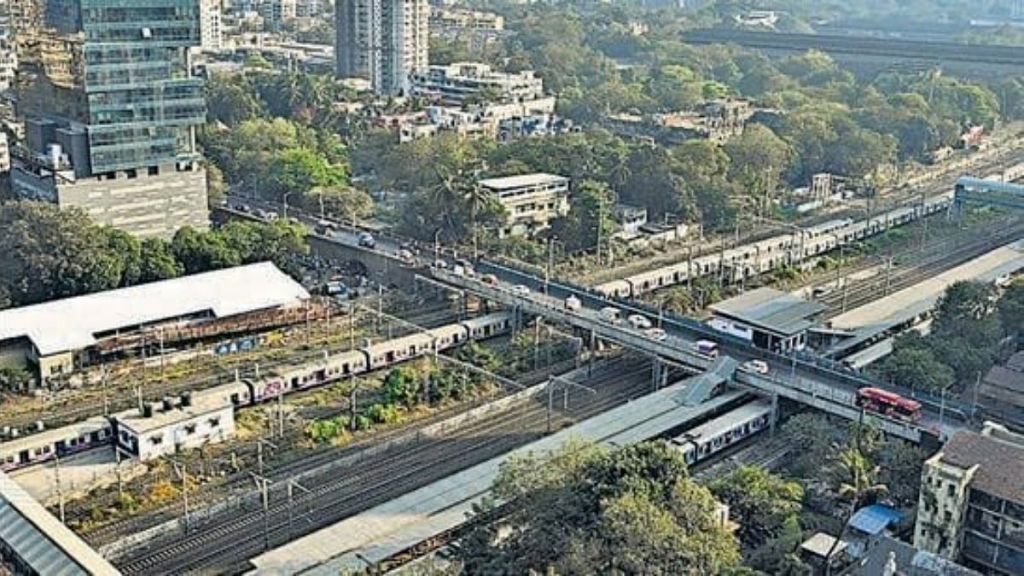
Mumbai: The historic Elphinstone Road Over Bridge, a vital east-west connector in central Mumbai, is set to be demolished in the last week of February. The Mumbai Metropolitan Region Development Authority (MMRDA) is spearheading the demolition to facilitate critical infrastructure upgrades, but the plan awaits final approval from the traffic police.
The demolition is necessary to increase the bridge’s height and width and to enable the construction of the Sewri-Worli Connector, a key component of Mumbai’s evolving transport network. Once completed, the city will have its second double-decker bridge over railway tracks, following the Santacruz-Chembur Link Road.
The 4.5-km-long Sewri-Worli Connector will link the Bandra-Worli Sea Link with the Mumbai Trans Harbour Link (Atal Setu), significantly improving connectivity between the city and Navi Mumbai. The elevated roadway, rising 27 meters above ground, will pass through several high-traffic zones, including Sewri, Parel, and Prabhadevi. It will also cross railway lines, the monorail route, the Parel flyover on the Eastern Express Highway, and the Elphinstone flyover on Senapati Bapat Marg.
Authorities estimate that 15% of Atal Setu’s traffic will use the new connector, reducing the travel time between Sewri and Worli from nearly an hour to under 10 minutes. The four-lane carriageway is expected to be completed by early 2026.
Despite these ambitious plans, there is no fixed timeline for the demolition and reconstruction of the Elphinstone bridge, as tenders for the project have not yet been issued. The bridge’s demolition will also affect Prabhadevi railway station, where two station exits are located on it.
Speaking on the impact, a senior Western Railway official stated, “The booking offices will be relocated to alternative sites within the station premises. While minor disruptions to train services are expected, traffic blocks will be implemented as necessary.”
As Mumbai gears up for this major infrastructure overhaul, commuters and residents must brace for temporary disruptions, with authorities working to ensure minimal inconvenience while pushing forward with long-term mobility solutions.